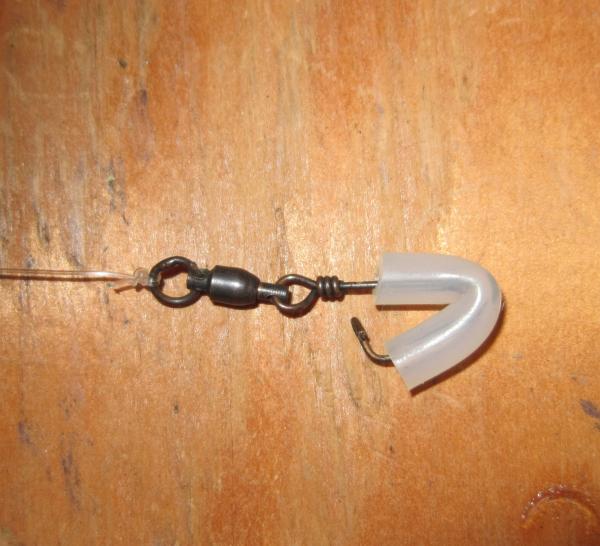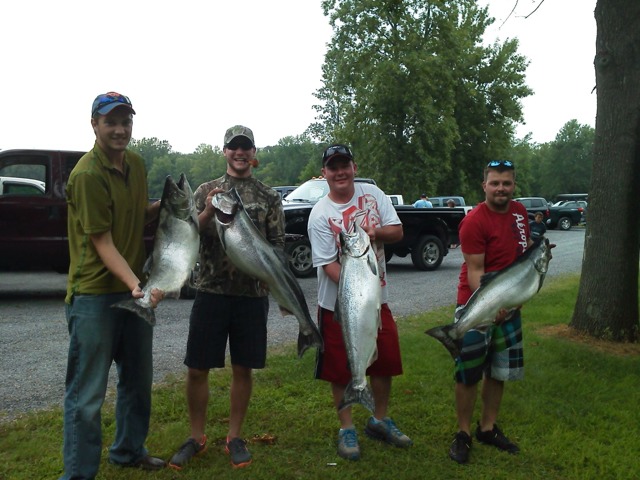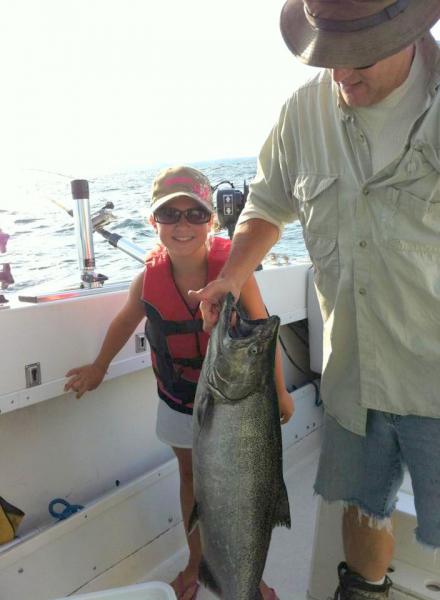-
Posts
3,731 -
Joined
-
Last visited
Content Type
Profiles
Forums
Events
Gallery
Store
Everything posted by Tim Bromund
-
When my boat almost sank back in June, Boat US was great to deal with for the insurance claim. No complaints at all, my contact/adjuster at BUS was very responsive. Tim
-

300 copper - keeping everything else clear?
Tim Bromund replied to jonboat's topic in Tackle and Techniques
Pete, I've never had luck running more than a 200 copper on a Walleye Board, it barely gets out from behind the boat and I have the keel weight all the way forward. More than that I put out the Amish Outfitters redwood boards for the longer coppers. Tmi -
trolling bags work better. Tim
-

Which hooks are the sharpest and best way to keep them sharp
Tim Bromund replied to mcny's topic in Tackle and Techniques
Most of the hooks that come on production lures are horribly dull right out of the package, especially the chrome plated ones. Most new lures get the hooks touched up as sk8man describes, before I ever put them in the water. Tim -
It can be done as you describe and it's actually easier if you do the overhand knot first. I have been doing it that way for several years now, and I was the one that took the step by step photos for the post on the LOTSA Page. Tim
-
What reels? I've never had a problem getting the #10 spro through a level wind and I have Shimano, Daiwa, Okuma and Penn Reels on board. Tim
-

300 copper - keeping everything else clear?
Tim Bromund replied to jonboat's topic in Tackle and Techniques
it's an inline board. for a 300' copper you're better off with the Church TX-44 rather than the more common Walleye board. If you have otter boats, you can run coppers off of those as well. Most gus add a second half keel on the bottom to get them to run right when pulling heavy presentation like long coppers Tim -
or even the next size down, size 10, rated at 50 lb, still plenty strong. Tim
-

sliders on riggers
Tim Bromund replied to finsntins's topic in Questions About Trout & Salmon Trolling?
Pap above the release. For a fixed cheater, let out your main line put it in the release and lower the rigger 10 feet, then put the slider/cheater on and attach it to the main line of the rod (rubber band, small snap, however your cheater lines are set up) then lower the rigger to it's final destination. For a free slider, deploy the rigger as normal, then attach the slider to the main line and toss it overboard and let it slide down to the belly. Tim -
That's worth a shot. When you do end up replacing the cable, I'd go with a 300'. Not only will that allow you to fish deeper, but it's give you some breathing room to cut cable back if you have to. Tim
-
Are you talking about a cheater or a stacking a second rod on the rigger? A cheater goes on the line of the rod, not the rigger cable, so that should be an issue. If you are stacking a second rod, are you using a double pinch pad release like the Church or Scotty Stackers?? If so, just add a shower curtain ring (like off of a planer board release) to the smaller snap on the stacker release and that will easily slide right over any autostop bead, right down to the ball. Tim
-

Flasher always with fly?
Tim Bromund replied to onion's topic in Questions About Trout & Salmon Trolling?
Absolutely!!! SD behind a diver is a killer presentation. Yes you can run a spoon behind a dodger/flasher. longer lead than a fly, 3-4' behind. Tim -

Flasher always with fly?
Tim Bromund replied to onion's topic in Questions About Trout & Salmon Trolling?
no, sometimes I run a dodger -
Yeah, what John said.
-

Olcott 7/27 AM
Tim Bromund replied to Totally Hooked's topic in New York Fishing Reports - Lake Ontario (South Shore)
-

how far back?
Tim Bromund replied to Home wrecker's topic in Questions About Trout & Salmon Trolling?
I seldom ever go longer than 15-20 with spoons, no matter how far down. 8-15 feet back for flasher/flies. -

anyone fishing olcott?
Tim Bromund replied to gamekilr's topic in New York Fishing Reports - Lake Ontario (South Shore)
Saw a report from today that the kings were 25 line and north in front of the red barn, didn't get intel on depths, but that should give you a starting point. Tim -
Yes that is correct, Zinc is for saltwater, magnesium is for freshwater Tim
-
I do the exact same thing, I normally head out of Olcott NW to about 60fow, set down, engage the AP and start setting lines on a NW-NNW troll (between 300 and 330 deg). Most days I'll find the fish somewhere between 60 and 200 fow and then start working and area once we start getting bites. Some times if there's been a lot of W/NW winds, I'll head NE out of port and follow the same procedure either NW or NE depending on which is a more comfortable troll with the wave conditions, but I always start in 50-60 fow. The last thing you want to do is drive over the fish and as quick as Lake O get's deep, it doesn't take long to get over deeper water from that starting point and a lot of times, we WILL find kings in 60 fow in the morning. I normally get my starboard wire diver in the water first and let that start slowly creeping out on a light drag, fishing it's way out to it's final setting while I'm setting the starboard (probe rigger) looking for 42 deg. A lot of times, first thing in the morning the fish are up high and feeding out of temp and that creeping diver gets smoked before I even get the probe rigger in the water. Once the starboard side is set, I repeat the process on the port side and then get some junk lines out on boards after the riggers and divers are set. Tim





